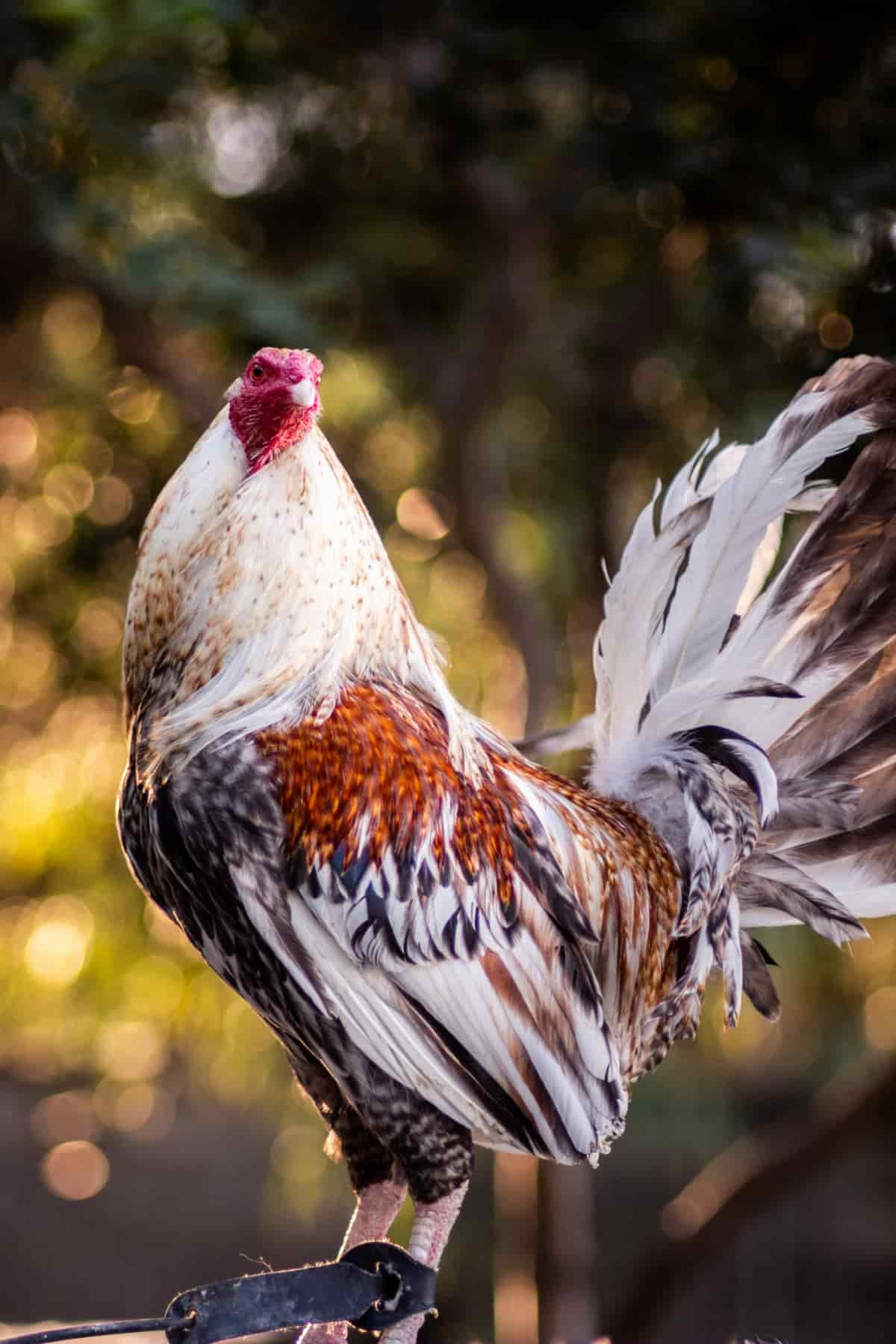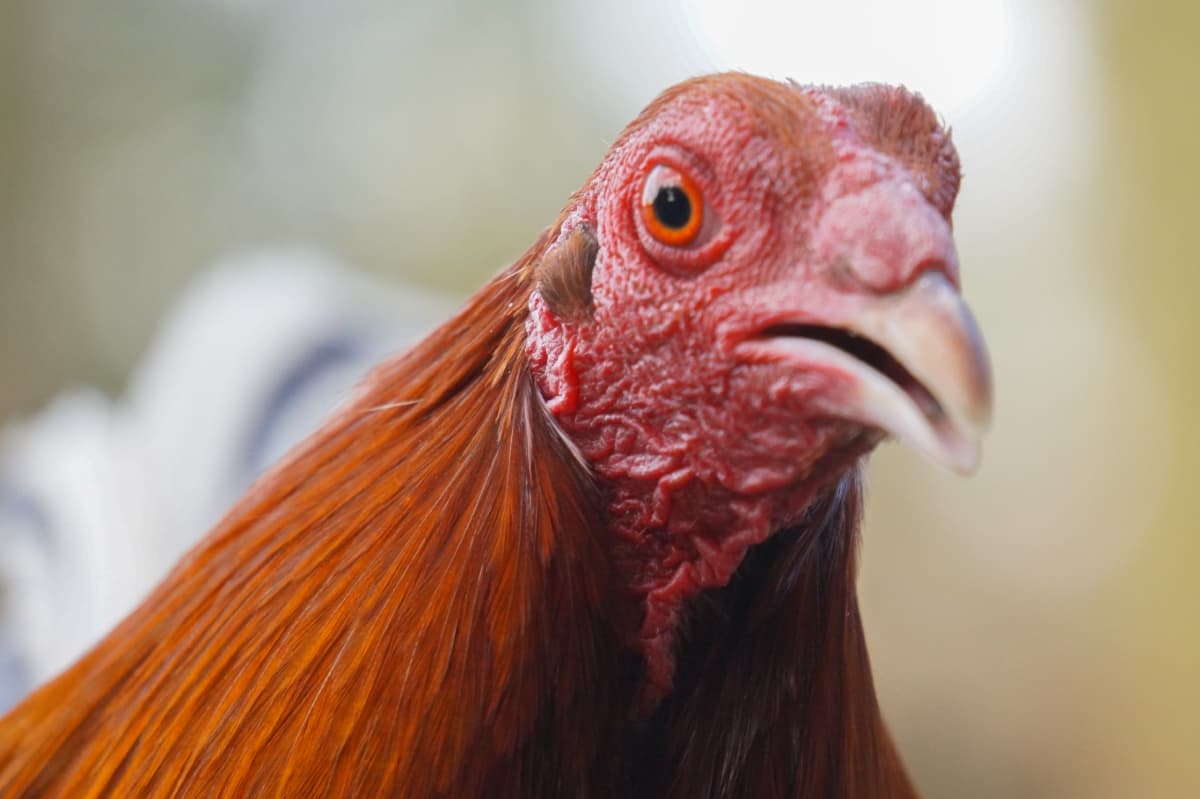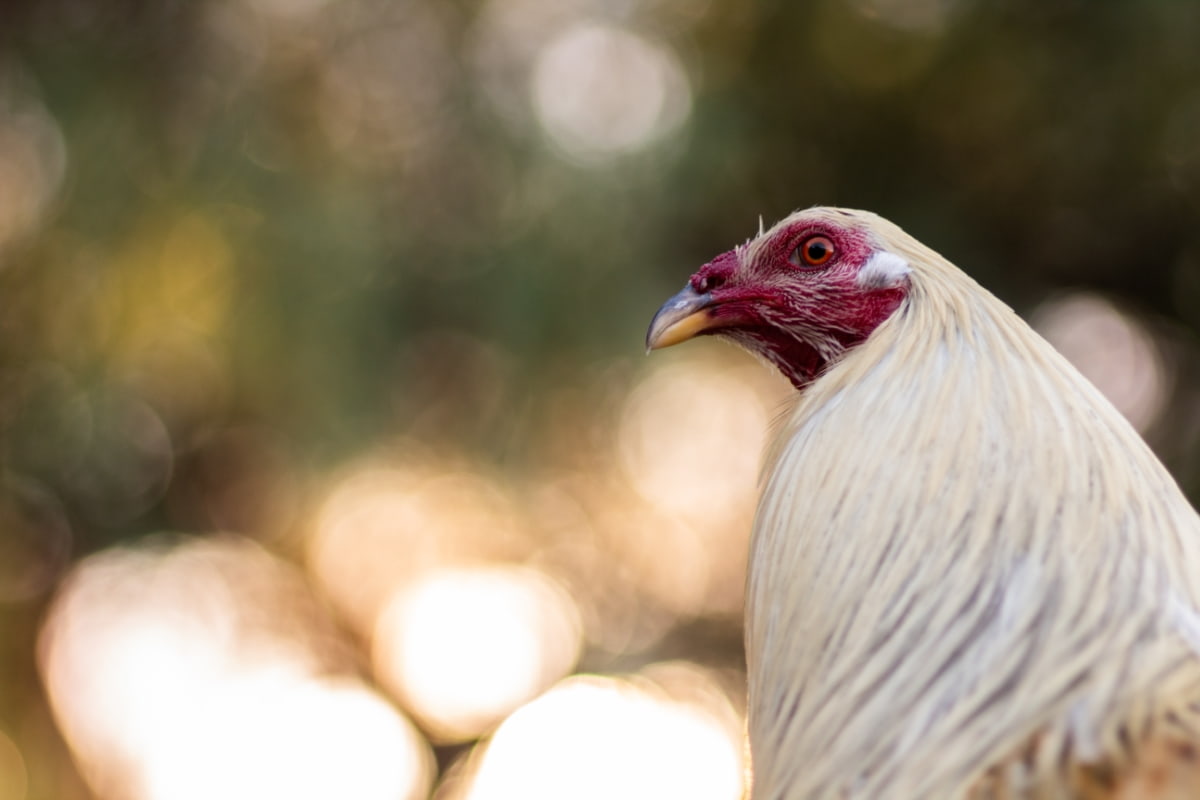The American Game Chicken, with its rich history and distinctive characteristics, is a breed that stands out in the poultry world. Known for their vibrant history that intertwines with the early days of American agriculture, these birds are celebrated for their hardiness, agility, and spirited nature. American Game Chicken breeds have evolved through selective breeding, emphasizing traits like strength and endurance, making them a subject of fascination among enthusiasts.
Raising American Game Chickens involves a comprehensive approach to care, diet, and habitat management, ensuring their well-being and preserving their unique genetic makeup. From their role in American Game Chicken shows to their contribution to genetic diversity and conservation efforts, these birds embody a legacy that extends beyond their fighting prowess, touching upon aspects like American Game fowl care, breeding American Game fowl, and the ethical considerations surrounding cockfighting history.
Introduction to American Game Chicken
History and Origins
The history of American Game Chicken is deeply rooted in the early agricultural practices of America, where they were initially bred for cockfighting, a practice that ethical considerations and legal restrictions have since overshadowed. This breed’s origins trace back to the crossbreeding of various game fowl brought to America by early settlers, creating a diverse genetic foundation that contributed to their resilience and distinctive characteristics.
Over time, the focus has shifted from their combative history to conservation and the appreciation of their beauty and spirit in American Game Chicken exhibitions, reflecting a broader understanding of their value beyond the cockpit.
Characteristics
American Game Chicken characteristics include a wide range of colors and patterns, a testament to their diverse genetic background. These birds are known for their muscular build, upright posture, and keen alertness, qualities that once made them formidable opponents in the ring.
Today, these traits contribute to their popularity in exhibitions and as a subject of interest for those dedicated to preserving American Game Chicken breeds. Their behavior is as notable as their physical attributes, displaying intelligence and adaptability, making training American Game Chickens a rewarding endeavor for enthusiasts.
American Game Chicken Price
The price of American Game Chickens can vary significantly depending on factors such as lineage, age, and the specific variety. Prices can range from $50 for younger birds or less sought-after varieties to several hundred dollars for birds from prestigious lines or those suited for American Game Chicken shows, reflecting the breed’s esteemed status and the investment in quality care and breeding practices.
American Game Chicken Lifespan
American Game Chickens are known for their typical lifespan ranging from 5 to 8 years, although some individuals may live longer with optimal care. This longevity is a testament to their robust genetics and the effectiveness of dedicated American Game fowl care, including diet, habitat management, and health care for Game Chickens.

Breed Varieties and Types
Standard American Game
The Standard American Game Chicken embodies the breed’s historic qualities, with various sizes and colors showcasing their genetic diversity. These birds are the backbone of the breed, representing the traditional characteristics honed over centuries. Their robust physique and lively temperament have endeared them to both breeders and enthusiasts, united in their commitment to safeguarding the breed’s legacy and supporting the conservation efforts for American Game fowl.
Bantam Varieties
American Game bantam varieties offer the same striking appearance and characteristics as their standard counterparts but in a smaller package. These miniature versions are particularly popular in American Game Chicken exhibitions, where their demeanor and conformation are showcased. Bantam varieties are essential to the breed’s diversity, attracting a dedicated following among those who appreciate the unique qualities of game fowl in a more compact form.
Habitat and Rearing Conditions
Natural Habitat
The natural habitat of American Game Chickens allows ample space to roam and forage, simulating the conditions of their ancestral environments. These birds thrive in settings that provide a mix of open areas and cover, offering opportunities for natural behaviors such as dust bathing, scratching, and social interaction, which are crucial for their physical and mental well-being.
Domestic Rearing
Domestic rearing of American Game Chickens requires careful attention to their habitat requirements, ensuring they have access to clean, secure, and spacious accommodations that cater to their active nature. Providing structures for roosting, adequate protection from predators, and space for free movement are key aspects of creating an optimal environment for these birds, supporting their health and happiness in a domestic setting.
Feeding and Nutrition
Dietary Requirements
American Game Chicken feeding involves a balanced diet that supports their energetic lifestyle and health needs. A mix of grains, seeds, and access to fresh greens and insects contributes to a well-rounded diet, mimicking the diverse nutrients they would naturally consume. Understanding American Game Chicken diet and nutrition is essential for maintaining their vigor and ensuring they receive all necessary vitamins and minerals.
Supplements and Treats
In addition to their regular diet, supplements and treats can play a valuable role in American Game Chicken care, providing extra nutrients and variety. Calcium supplements for strong bones, grit for digestion, and occasional treats like fruits or vegetables can enhance their overall diet, contributing to their well-being and satisfaction.
Health and Wellness
Common Health Issues
Health care for Game Chickens involves vigilance against common poultry ailments such as respiratory infections, parasites, and injuries, which can be more prevalent in active breeds like the American Game. Regular health checks, preventative measures, and prompt treatment of issues are crucial to effective health management, ensuring the flock remains robust and thriving.
Veterinary Care
Regular veterinary care, encompassing vaccinations and routine health evaluations, is essential for ensuring the well-being and vitality of American Game Chickens. Professional advice and treatment are essential for addressing specific health concerns, implementing effective disease prevention strategies, and providing guidance on optimal care practices.
Breeding and Genetics
Breeding Techniques
Breeding American Game fowl requires a thoughtful approach that respects the breed’s heritage while aiming for the health and vitality of future generations. Selective breeding practices focus on desirable traits such as temperament, physical conformation, and health, ensuring the breed’s qualities are preserved and enhanced for both show and conservation purposes.
Genetic Diversity and Conservation
Conservation of American Game fowl involves maintaining genetic diversity, a critical factor in the breed’s resilience and long-term survival. Efforts to preserve a wide genetic pool include meticulous record-keeping, responsible breeding practices, and collaboration among breeders to share knowledge and resources. This collective approach to American Game Chicken genetics ensures the breed’s rich heritage is safeguarded for future generations, highlighting the importance of conservation practices in poultry breeding.
In case you missed it: Bionda Piemontese Chicken Facts: Ultimate Guide Breeding, Raising and Care

Behavior and Social Structure
Social Behavior
American Game Chickens exhibit a complex social behavior characterized by a well-defined pecking order that governs their interactions within the flock. These birds are known for their assertiveness and spirited nature, which can sometimes lead to aggression, especially among males. However, they can coexist peacefully with proper management and socialization from a young age. Understanding and accommodating their social dynamics are key to ensuring a harmonious environment, particularly in mixed flocks.
Interaction with Humans
With their alert and engaging personalities, American Game Chickens can develop strong bonds with their caregivers. Training American Game Chickens and regular, gentle handling can enhance their interaction with humans, making them more amenable and easier to manage. Their intelligence and responsiveness make them fascinating companions for those willing to invest their time in understanding and catering to their needs.
Competitive Use and Shows
History of Cockfighting
The history of American Game Chickens is closely tied to cockfighting, a practice that dates back to their origins and was once a common use for these birds. However, the ethics and legality of cockfighting have changed significantly, leading to a shift in how these birds are viewed and utilized. Today, the focus has moved away from their combative past to celebrating their beauty, resilience, and spirit in a more positive and humane context.
Exhibition and Shows
American Game Chickens are celebrated in exhibitions and shows for their stunning appearance and spirited nature. These events provide a platform for breeders and enthusiasts to showcase the breed’s diverse varieties and rich heritage. American Game Chicken exhibitions emphasize conformation, coloration, and overall health, highlighting the breed’s unique qualities and the dedication of those who raise them.
Conservation and Preservation
Endangered Status and Efforts
Some varieties of American Game Chickens are considered rare or endangered, prompting efforts from conservationists and breeders to preserve their genetic diversity. These efforts include breeding programs, genetic studies, and the promotion of the breed among poultry enthusiasts. Preserving American Game Chicken breeds is crucial for maintaining biodiversity within poultry species and ensuring the survival of these unique birds.
Cultural and Historical Significance
The cultural and historical significance of American Game Chickens is undeniable, with their legacy intertwined with American history and agricultural practices. Efforts to conserve the breed are about preserving genetic diversity and honoring the cultural heritage and the role these birds have played in rural communities. This deep historical connection adds a layer of importance to the conservation efforts, making the preservation of American Game Chickens a cause that resonates beyond poultry breeding circles.
In case you missed it: Ultimate Guide to Ermellinata di Rovigo Chicken: Breed Overview, Raising, and Care

Conclusion
American Game Chickens embody a rich tapestry of history, culture, and biodiversity, making them a fascinating subject for enthusiasts and conservationists. Their spirited nature, complex social behavior, and the shift from competitive use to exhibition highlight a breed that has adapted and thrived through changing times. The ongoing efforts in conservation and preservation ensure that the legacy of American Game Chickens continues, celebrating their unique place in the world of poultry and agriculture.
Note: The images presented in this post are intended solely for representation purposes. The images are meant to serve as visual aids and should not be relied upon as accurate representations of their real-life counterparts.
- Feed Your Flock for Less: Top 10 Tips to Save on Chicken Feed
- Ultimate Guide to Ossabaw Island Hog: Breeding, Raising, Diet, and Care
- Hatching Answers: The Top 10 Reasons Your Chickens Aren’t Laying Eggs
- Eggs and Economics: Breaking Down the Cost of Raising Backyard Chickens
- Defend Your Greens: Proven Methods to Keep Iguanas Out of Your Garden
- Ultimate Guide to Cinnamon Queen Chicken: A Comprehensive Guide for Beginners
- Ultimate Guide to California Tan Chicken: Breeding, Raising, Diet, Egg-Production and Care
- Ultimate Guide to Marsh Daisy Chicken: Breeding, Raising, Diet, and Care
- 10 Types of Chicken Farming Businesses You Can Start for Profits